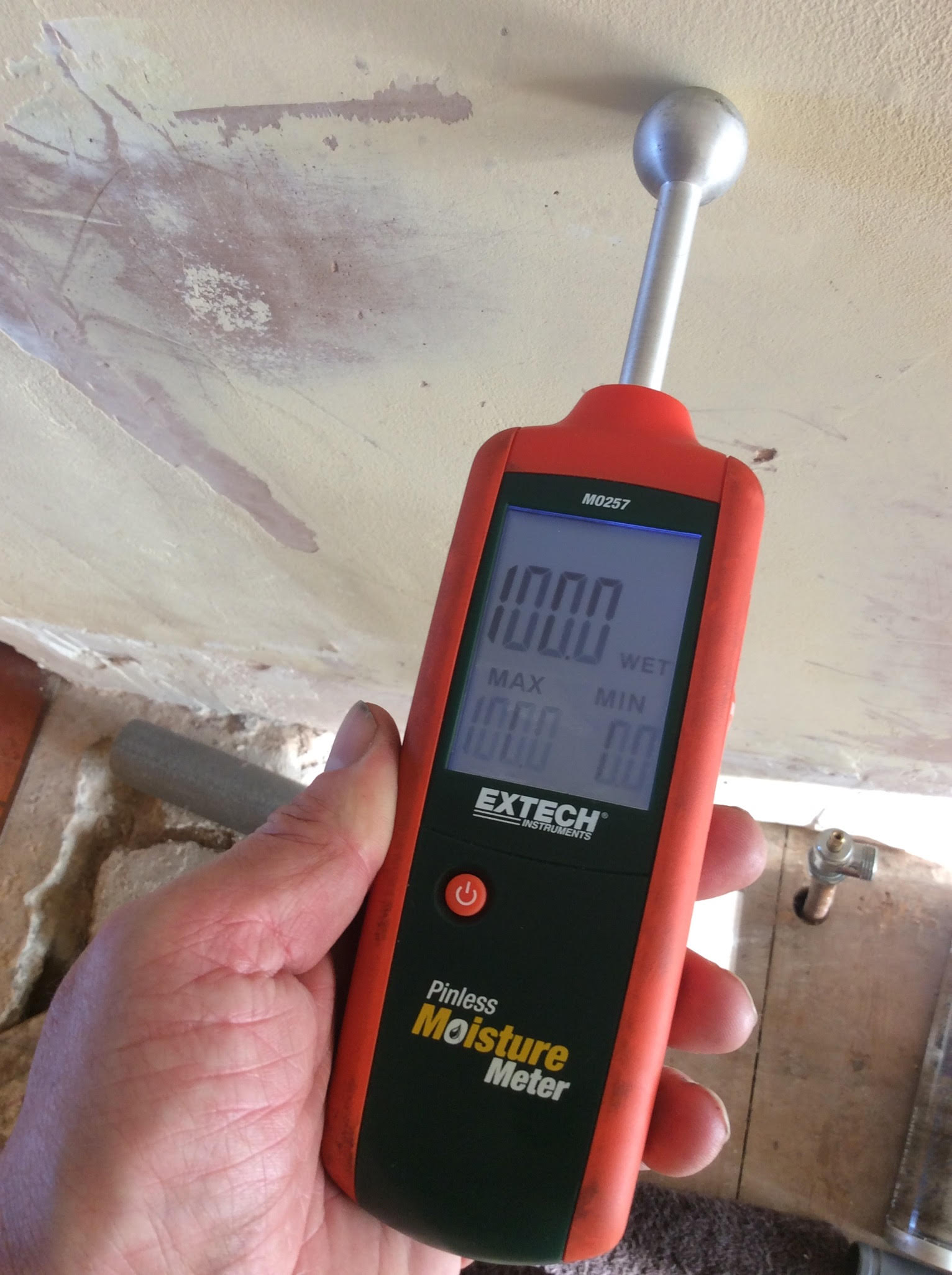Avoid Major Concerns with Early Water Leak Detection and Trigger Repairs
Avoid Major Concerns with Early Water Leak Detection and Trigger Repairs
Blog Article
Innovative Solutions for Early Detection of Water Leaks in Buildings and Framework
As the honesty of buildings and framework is vital, the challenge of very early discovery of water leakages has actually stimulated cutting-edge solutions that assure to revolutionize the way we safeguard versus potential problems. From cutting-edge leak detection technologies to the implementation of IoT sensing units for real-time surveillance, the landscape of leak prevention is advancing quickly. Artificial intelligence formulas offer a peek into the future of leakage prediction, while thermal imaging provides a non-intrusive technique for determining hidden leakages. Automated water flow analysis systems are improving exactly how leaks are determined and resolved, leading the way for an aggressive technique to water leakage discovery. Each of these services holds the crucial to making sure the dependability and long life of our built setting, triggering a shift towards a much more sustainable and efficient future.
Advanced Leak Discovery Technologies
Advanced leak detection technologies, furnished with advanced sensing units and formulas, play an essential function in promptly determining and pinpointing water leaks in various setups. Electromagnetic sensing units can identify modifications in electromagnetic fields caused by water, offering yet another layer of leak detection capacity.

IoT Sensors for Real-Time Surveillance
In the world of modern-day water leak detection, the assimilation of IoT sensors for real-time tracking stands for a crucial development in enhancing proactive leak discovery abilities. These sensors provide constant tracking of water systems, giving real-time data on water flow rates, stress variations, and temperature changes. By leveraging IoT innovation, these sensing units can spot even the tiniest anomalies in water usage patterns, making it possible for very early identification of prospective leaks before they escalate right into significant problems.
IoT sensing units transmit information to a centralized platform, where advanced algorithms evaluate the info and produce signals or notifications when abnormalities are detected. This real-time surveillance capability allows homeowner or facility managers to without delay resolve leaks, reducing water damages, reducing repair costs, and saving water sources.
Furthermore, IoT sensing units can be integrated with building management systems, enabling for computerized feedbacks to discovered leakages, such as shutting down water shutoffs or turning on pumps to minimize the impact of leakages. Generally, the look at this website implementation of IoT sensing units for real-time surveillance dramatically enhances the performance and performance home of water leak detection in structures and facilities.
Artificial Intelligence Algorithms for Leak Prediction

One key benefit of utilizing artificial intelligence for leakage prediction is its ability to continuously find out and improve its precision in time. As even more information is accumulated and fed right into the algorithm, it can improve its forecasts and adapt to changing problems, ultimately boosting the reliability of leak discovery systems.
In addition, artificial intelligence algorithms can help in identifying refined signs of leaks that may go unnoticed by traditional surveillance approaches. water leak detection. By examining complicated data collections in real-time, these formulas can offer very early warnings and informs, permitting for prompt intervention and preventive maintenance to alleviate prospective water damage and associated expenses
Making Use Of Thermal Imaging for Leak Discovery
Thermal imaging modern technology offers a promising technique for detecting water leaks in different systems and facilities. By making use of infrared radiation and temperature level variances, thermal imaging electronic cameras can determine covert leaks that are not quickly visible to the nude eye.
One of the crucial advantages of thermal imaging for leakage discovery is basics its non-intrusive nature. Unlike typical methods that might need burglarizing wall surfaces or floorings to find leakages, thermal imaging enables non-destructive testing. This not only saves time and minimizes costs however also minimizes interruption to the structure or framework being assessed. Furthermore, thermal imaging can swiftly check big areas, providing an extensive summary of potential leakage sources in a timely fashion. On the whole, using thermal imaging modern technology boosts the effectiveness and accuracy of water leakage detection, making it a useful tool for preserving the honesty of structures and frameworks.
Automated Water Circulation Analysis Solutions
How can automatic water circulation analysis systems reinvent the discovery and monitoring of leaks in numerous systems and frameworks? Automated water circulation analysis systems use an aggressive technique to leakage discovery by continuously monitoring water flow prices and patterns. By developing standard data, these systems can promptly determine deviations that may indicate a leak, enabling punctual intervention to prevent considerable damages.
These systems make use of sophisticated formulas to examine real-time information and offer instant signals when anomalies are detected, enabling speedy action to be taken. Additionally, automatic water circulation analysis systems can be incorporated with structure monitoring systems or IoT systems, boosting overall efficiency and making it possible for remote surveillance capacities.
Moreover, the data collected by these systems can be used for predictive maintenance purposes, assisting to determine possible weak factors in the facilities before leaks occur. In general, the execution of automated water flow evaluation systems can significantly enhance leakage detection and management methods, inevitably bring about cost financial savings, lowered water wastefulness, and increased sustainability in buildings and facilities.

Conclusion
In final thought, the integration of sophisticated leak discovery innovations, IoT sensors, machine understanding formulas, thermal imaging, and automated water circulation evaluation systems supplies cutting-edge services for early detection of water leakages in buildings and facilities. These technologies make it possible for real-time monitoring, forecast of leakages, and effective detection methods to avoid water damages and waste. Applying these solutions can assist in preserving the stability and sustainability of water supply in various settings.
Report this page